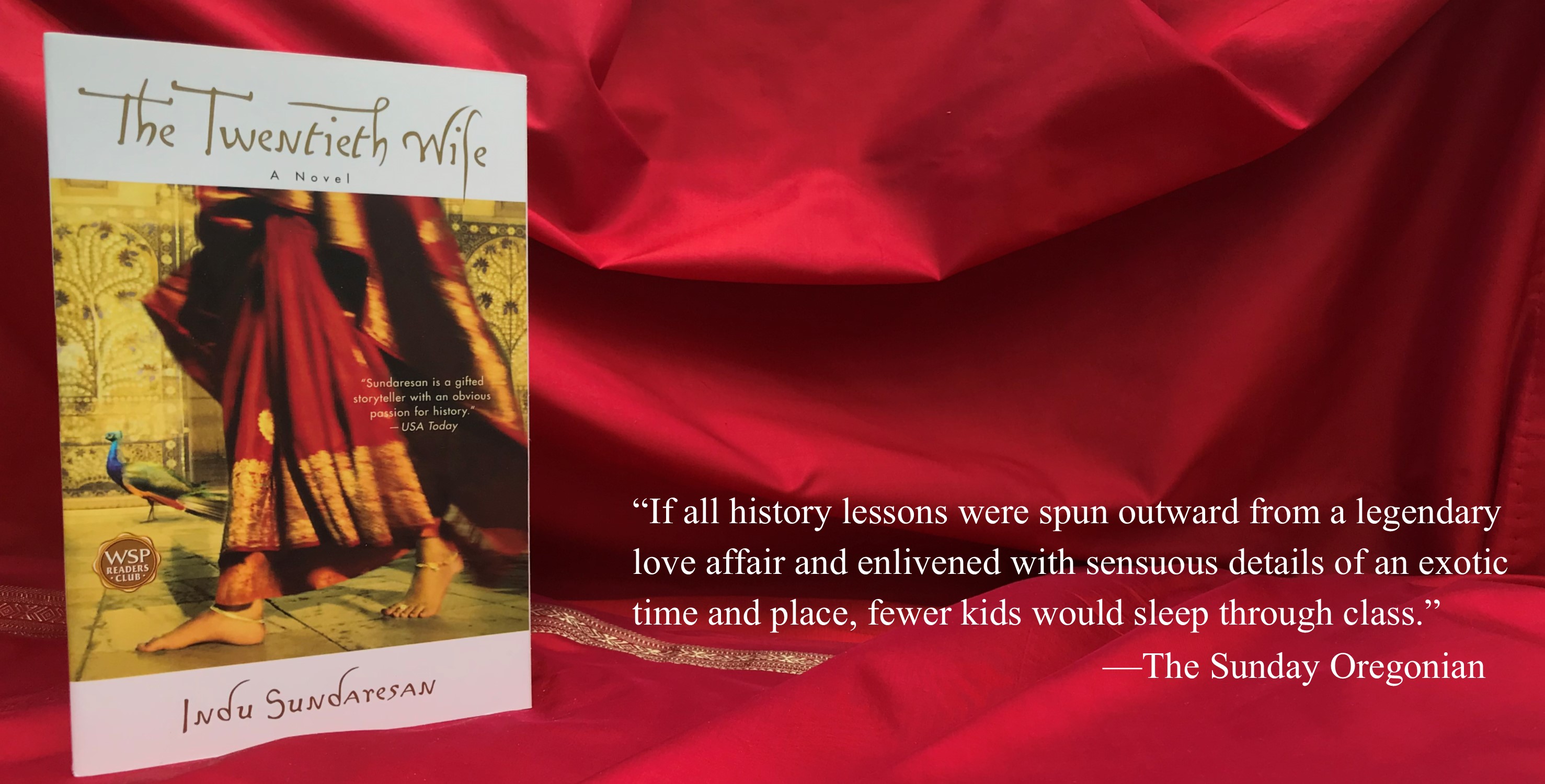Reading Group Questions from the paperback edition of The Twentieth Wife.
- Mehrunnisa is only eight years old when she first encounters Prince Salim, and yet upon meeting him she is certain that one day she will be married to him. What is it about Prince Salim that draws her to him? In the ensuing years, what obstacles must Mehrunnisa overcome before becoming Prince Salim’s twentieth wife?
- How is the history and culture of India and the Mughal Empire illuminated through the telling of Mehrunnisa’s story? How much of Mehrunnisa’s life is dependent on the circumstances of the place and time in which she lives?
- Mehrunnisa is thirty-four when she marries the Emperor, which is considered old for a woman during this time. If Mehrunnisa had been made Empress when she was younger, do you think she would have wielded as much power as she did when she was older? Why or why not?
- “Though she was behind the veil, she was still a voice to reckon with.” This quote describes Ruqayya, but it can be applied to the many women in the novel. How do Ruqayya, Asmat, Jagat Gosini, and especially Mehrunnisa, all work—and many times succeed—to have their opinions and advice heard by the men in their lives? How did they use the power they had over men to their own gain?
- In a recent interview, Indu Sundaresan said, “I don’t think the veil was considered a symbol of oppression as it is today.” How do Mehrunnisa and the other women in the story use the “power of the veil” to their own advantage?
- Discuss the inner workings of the zenana and its members’ influence on the everyday life of the court. How is the power structure of the zenana determined? Why does the Emperor never interfere with what is happening in his harem?
- Jagat Gosini is afraid of the love that Jahangir has for Mehrunnisa, and at one point the narrative states, “Because Jahangir wanted her not for the title she bore—she was no princess—and not for her family connections—her father was, after all, and always would be, just a Persian refugee—but for herself” (page 280). Why is Jahangir’s love for Mehrunnisa threatening to the other women in the zenana? What advantages does this afford Mehrunnisa?
- The connection between parent and child is a central theme in this book. Discuss the relationship that Mehrunnisa has with her father and her own daughter, as well as the relationship that Ruqayya has with Prince Khurram. How do these relationships influence the actions that these characters take, some of which have powerful consequences for the empire?
- One reviewer said that The Twentieth Wife “is above all a tale of ambition…Mehrunnisa is not our culture’s idea of a feminist; she does not struggle to change the laws of her society, only to fulfill her ambition within them.” Do you agree with this? How did Mehrunnisa’s influence help shape the course of the Mughal Empire?
- As Empress Nur Jahan, Mehrunnisa wields much of the power behind her husband’s throne. Compare her to other strong women rulers in history such as Catherine the Great. Why do you think history has overshadowed Empress Nur Jahan and her accomplishments?
- The land that made up the Mughal Empire is what we know today as India, Pakistan, parts of Iran, and most of Afghanistan, and The Twentieth Wife details the complex history of this region. What in the story is relevant in the present day? Did reading this book provide you with insight into current events and the culture of the Middle East? What did you learn about the role of women in particular in this region of the world?


